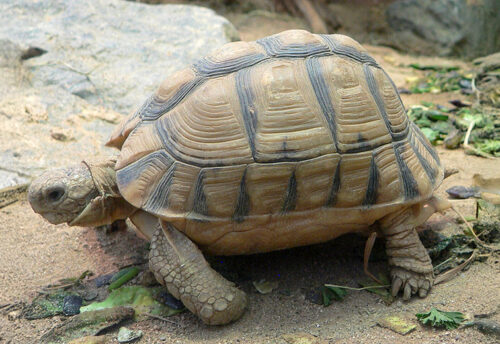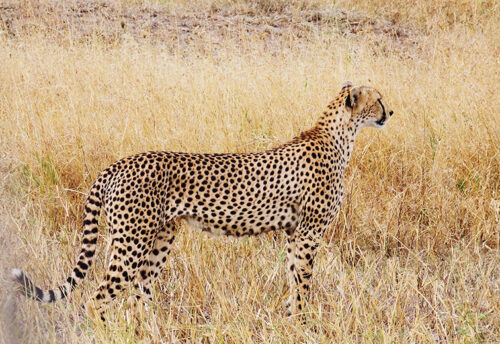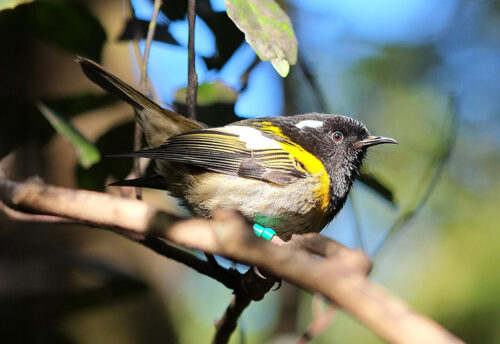
The eastern screech owl, aka eastern screech-owl, is a small species of owl that can be found from southern and eastern Canada, the eastern half of the United States, and into the eastern half of Mexico. These owls are abundant and only face the threats of habitat loss and destruction at the hands of deforestation, as well as accidental poisoning, due to eating poisoned small mammals. The IUCN lists these owls as Least Concern.
First the Stats…
Scientific name: Megascops asio
Weight: Up to 8.625 ounces
Length: Up to 10 inches
Wingspan: Up to 24 inches
Lifespan: Up to 14 years
Now on to the Facts!
1.) These owls were first described in 1758 by the Swedish naturalist Carl Linnaeus in the tenth edition of his Systema Naturae.
2.) There are 5 recognized subspecies, although there is much debate surrounding them. They are M. a. asio, M. a. maxwelliae, M. a. hasbroucki, M. a. mccallii, and M. a. floridanus.
3.) They have 2 color morphs, the red or rufous morph, and the gray morph.
4.) The gray morphs are often confused with western screech owls.
5.) These owls also exhibit a similar polymorphism to tawny owls, whose plumage also ranges from rufous to gray.
But wait, there’s more on the eastern screech owl!
6.) They prefer open mixed woodlands, deciduous forests, parklands, wooded suburban areas, riparian woods along streams and wetlands (primarily in drier regions), mature orchards, woodlands near marshes, meadows, and fields.
7.) While avoiding areas with larger owls, such as great horned owls and barred owls, these birds have adapted to dwell in even busy urbanized areas. They have been seen nesting along highways, on light posts in busy city squares, and more.
Did you know…?
There are an estimated 560,000 wild individuals, to date.
8.) House sparrows, house mice, rats, voles, moles, gophers, and various insects are all on the menu.
9.) Contrary to their name, these owls do not truly screech. Their call is a kind of tremolo with a descending, whinny-like quality, much like that of a miniature horse.
10.) Like so many other owls, they are both crepuscular (active at dawn and dusk) and nocturnal (active at night).
But wait, there’s still more on the eastern screech owl!
11.) They nest in 3 – 8 inch holes made by larger sized woodpeckers, such as the pileated woodpecker.
12.) Females lay up to 6 eggs per clutch that hatch in up to 26 days.
Did you know…?
Screech owls can turn their heads up to 270º.
13.) Owlets fledge in up to 31 days.
14.) Research has shown that males find and defend 2 – 3 potential nesting sites (both man-made and natural) in order to provide backups for failed first nesting attempts.
15.) Virginia opossums, American minks, weasels, raccoons, ringtails, skunks, snakes, crows, bluejays, and eastern fox squirrels all prey on these owls, their eggs, and/or their chicks.
Now a Short Eastern Screech Owl Video!
Be sure to share & comment below! Also, check out the Critter Science YouTube channel. Videos added regularly!

Want to suggest a critter for me to write about? Let me know here.
Some source material acquired from: Wikipedia & IUCN
Photo credit: Wolfgang Wander




Leave a Reply